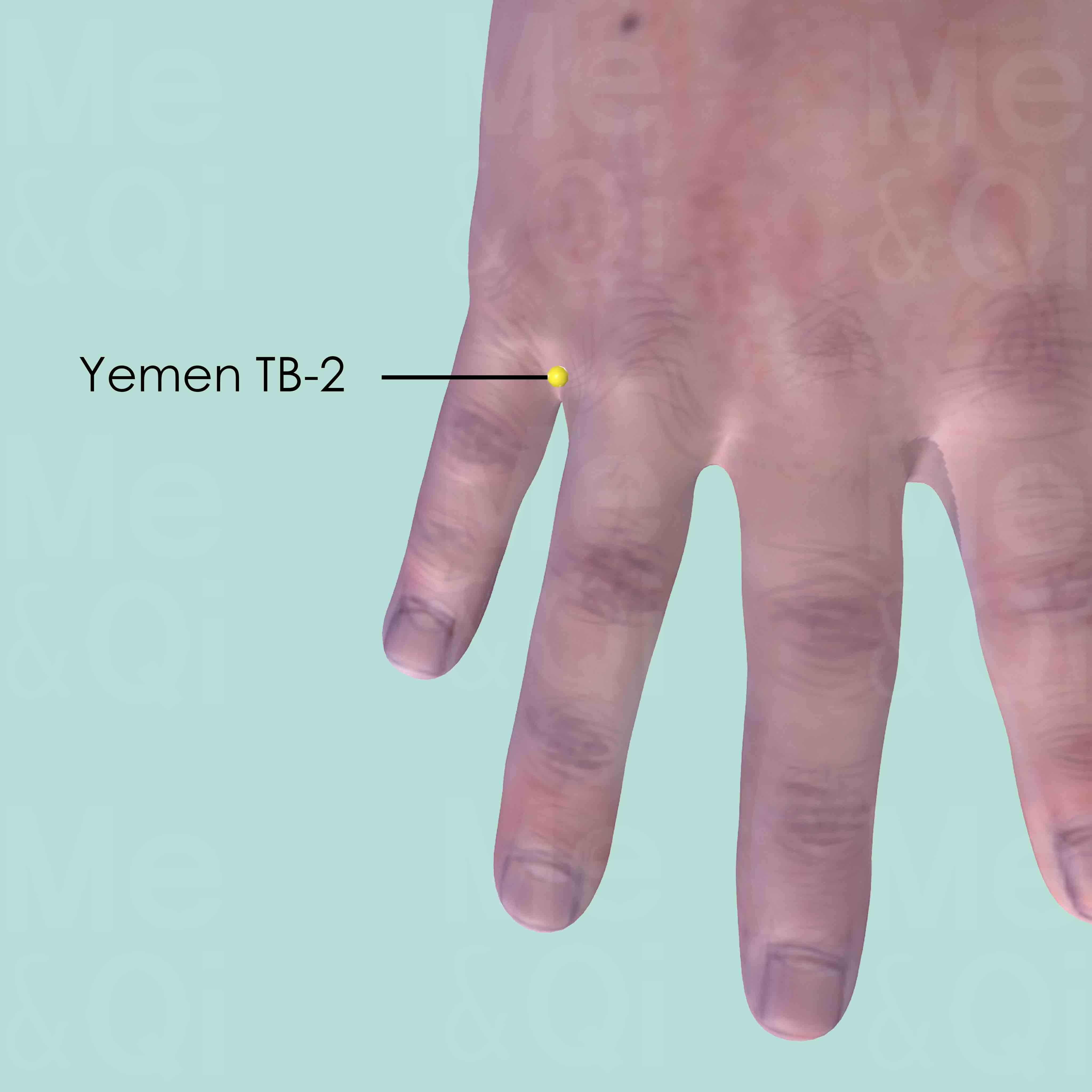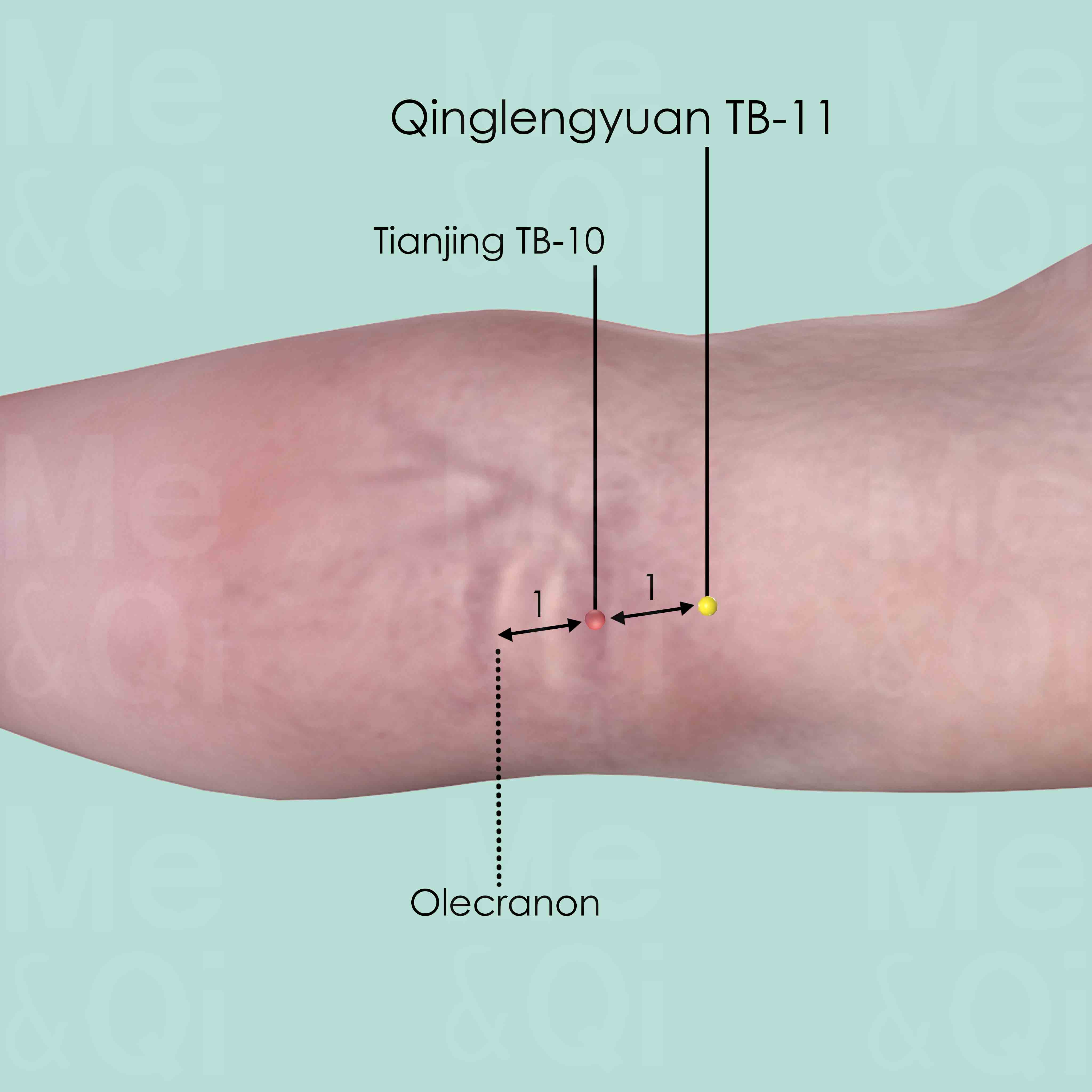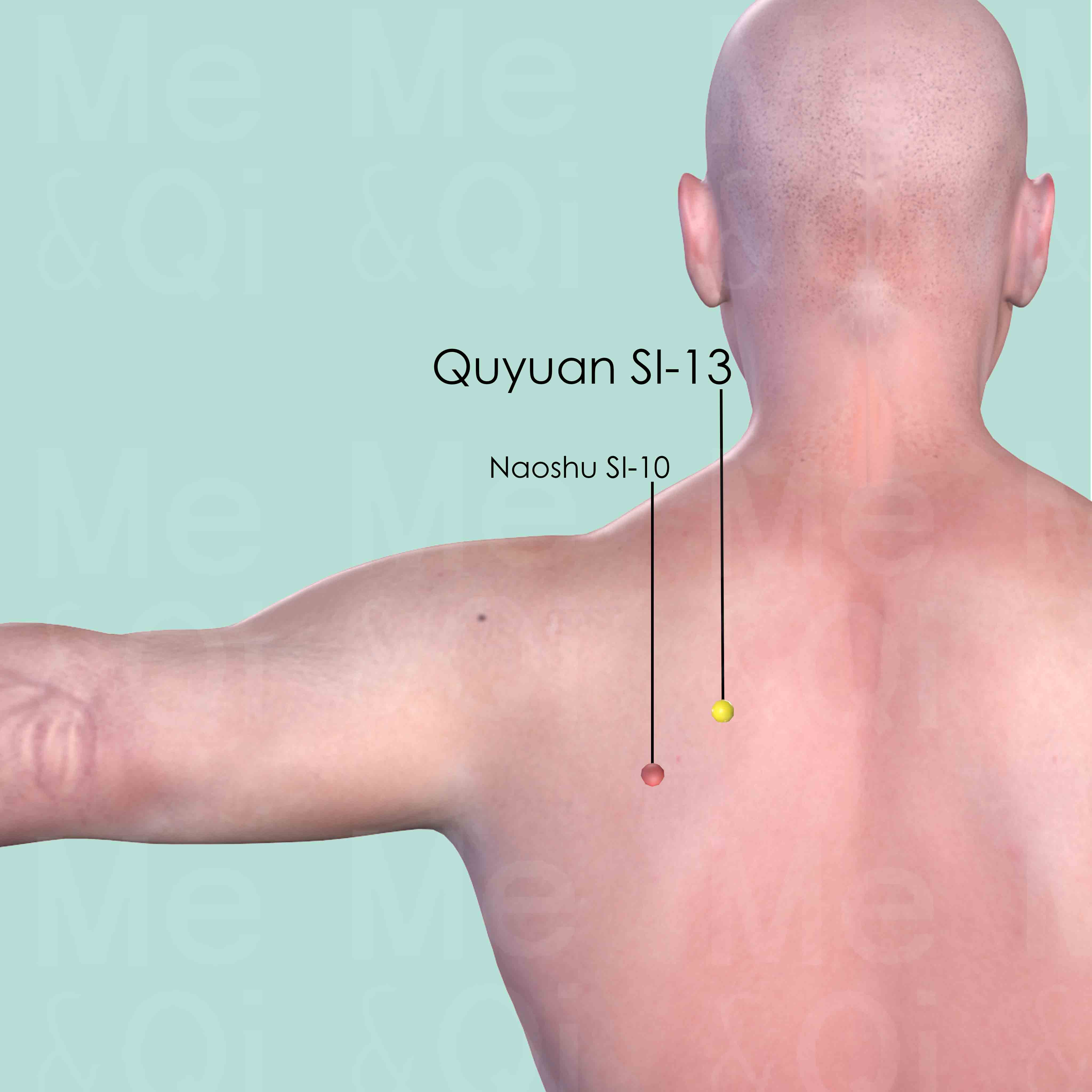Stiff Armaccording to TCM
Symptom families: Muscle Spasms and Twitching, Arms disorders and Symptoms
What is Stiff Arm?
Stiff arm, also known as arm muscle tightening or rigidity, refers to a condition characterized by a lack of flexibility and mobility in the arm muscles. Individuals experiencing stiff arm may feel tightness, discomfort, or restricted movement in the affected arm, making it challenging to perform everyday activities. This condition can result from various factors such as muscle tension, injury, inflammation, or neurological issues, impacting one's ability to extend or bend the arm freely.
How Does TCM View Stiff Arm?
In Traditional Chinese Medicine (TCM), stiff arm is viewed as a manifestation of disharmony within the body's energetic pathways, known as meridians. Unlike Western medicine, which focuses on physical and anatomical factors, TCM considers the underlying patterns of imbalance that contribute to the development of stiff arm.
According to TCM principles, stiff arm may arise from disturbances in the flow of Qi and Blood, as well as imbalances in the meridians associated with the affected arm.
Acupoints for Stiff Arm
To address stiff arm in TCM, practitioners may recommend acupoint stimulation to restore the smooth flow of Qi and Blood in the affected meridians. Acupoints along the Large Intestine Channel, such as Binao (LI-14) and Jianyu (LI-15), are commonly targeted to remove obstructions and promote circulation in the arm.
Additionally, acupoints along the Triple Burner Channel, including Jianliao (TB-14) and Naohui (TB-13), may be utilized to alleviate stiffness and resolve Phlegm accumulation. Treatment selection may vary based on individual diagnosis and specific patterns of disharmony identified during TCM assessment, highlighting the personalized approach of traditional Chinese medicine.
Explore below some acupoints used to address stiff arm, organized by meridian.
- By Meridian
- Large Intestine Channel
- Triple Burner Channel
- Small Intestine Channel
- Gall Bladder Channel
- Lung Channel
- Heart Channel
- Stomach Channel
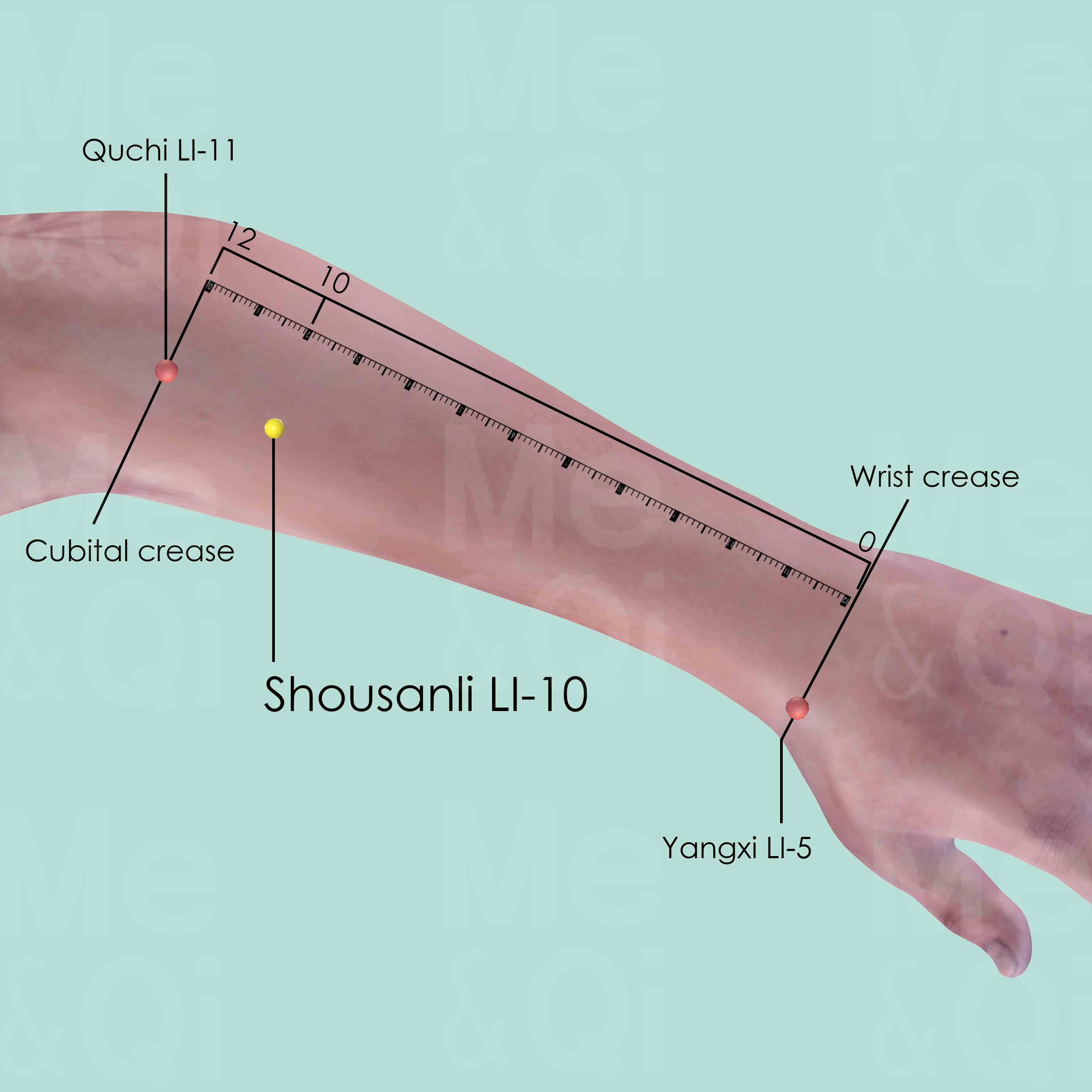
Shousanli LI-10
When a fist is made, with the ulnar side downward and elbow flexed, the point is 2 cun distal to Quchi LI-11 of the line joining Yangxi LI-5 and Quchi LI-11.
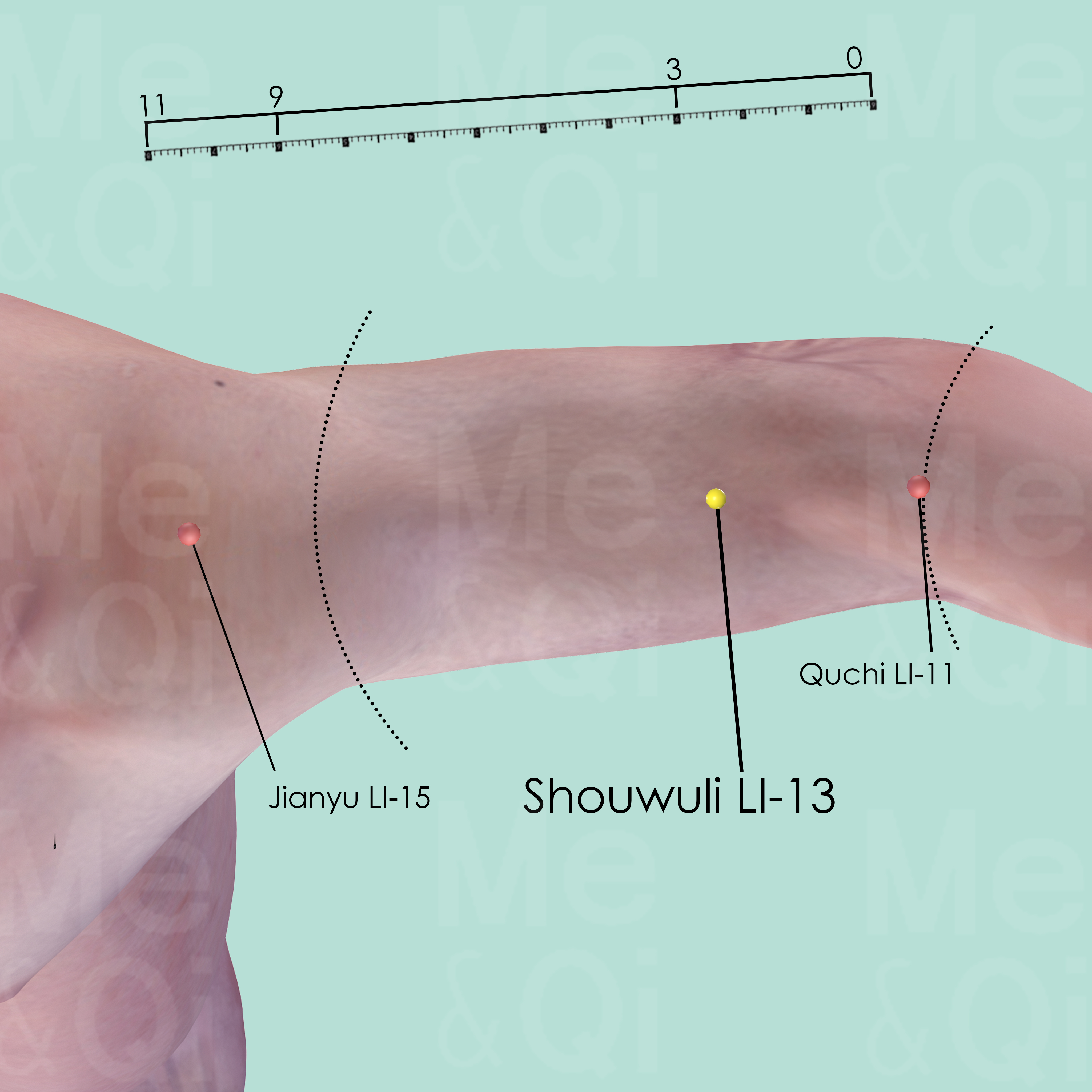
Shouwuli LI-13
Superior to the lateral epicondyle of the humerus, 3 cun above Quchi LI-11, on the line connecting Quchi LI-11 and Jianyu LI-15.
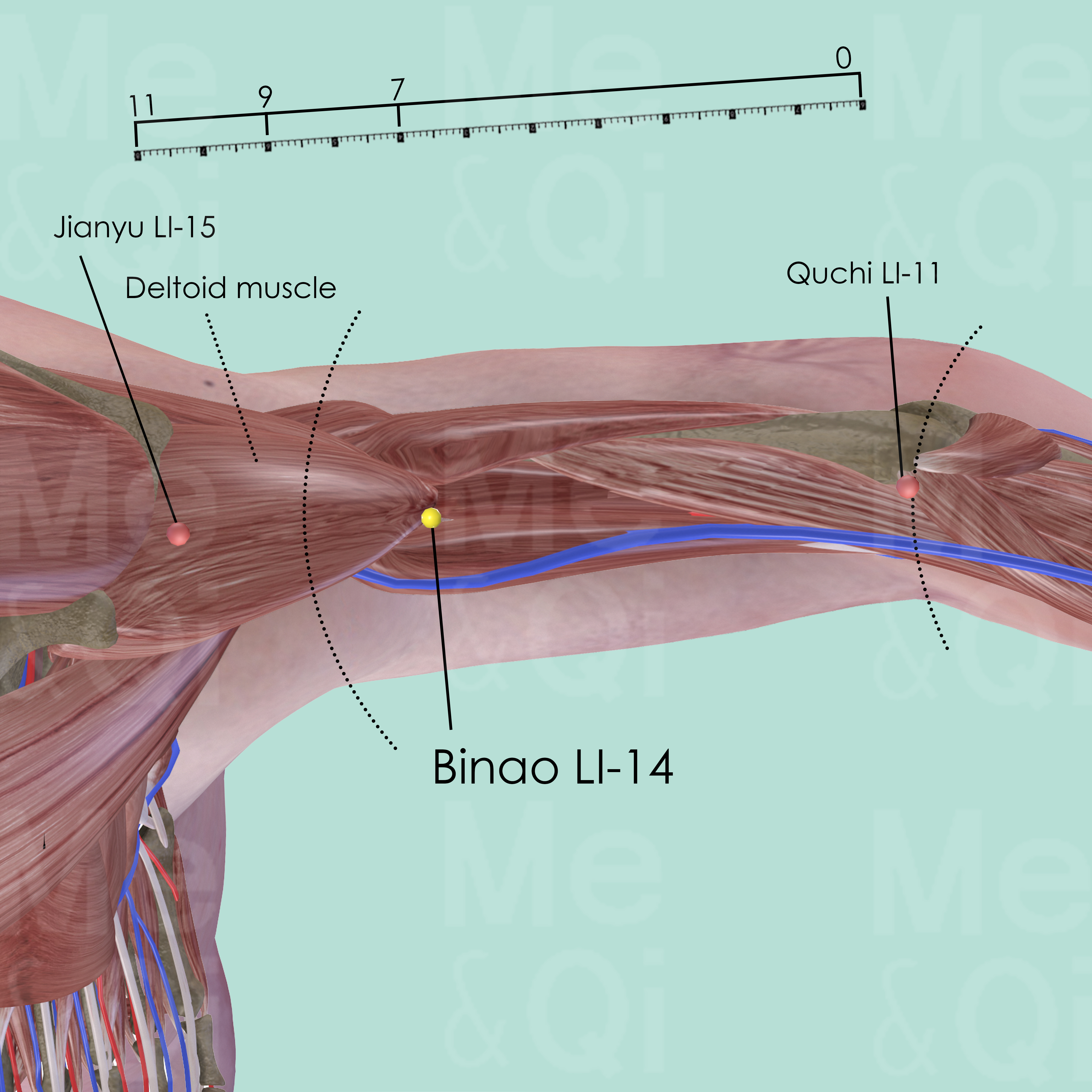
Binao LI-14
On the radial side of the humerus, superior to the lower end of deltoid muscle, on the line connecting Quchi LI-11 and Jianyu LI-15, 7 cun proximal to Quchi LI-11.
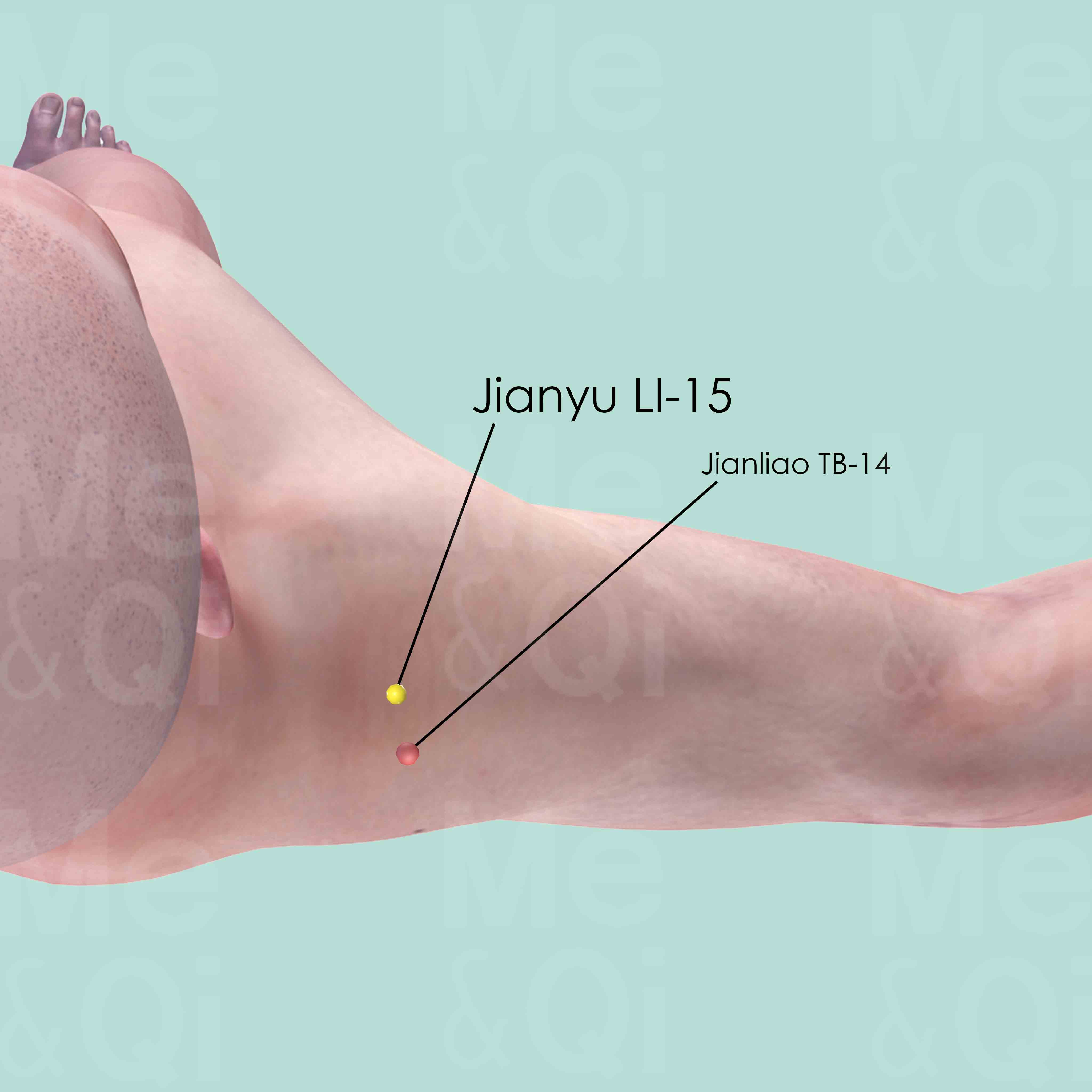
Jianyu LI-15
Jianyu LI-15 is located antero-inferior to the acromion, between the clavicular and acromial portions of the deltoid muscle.
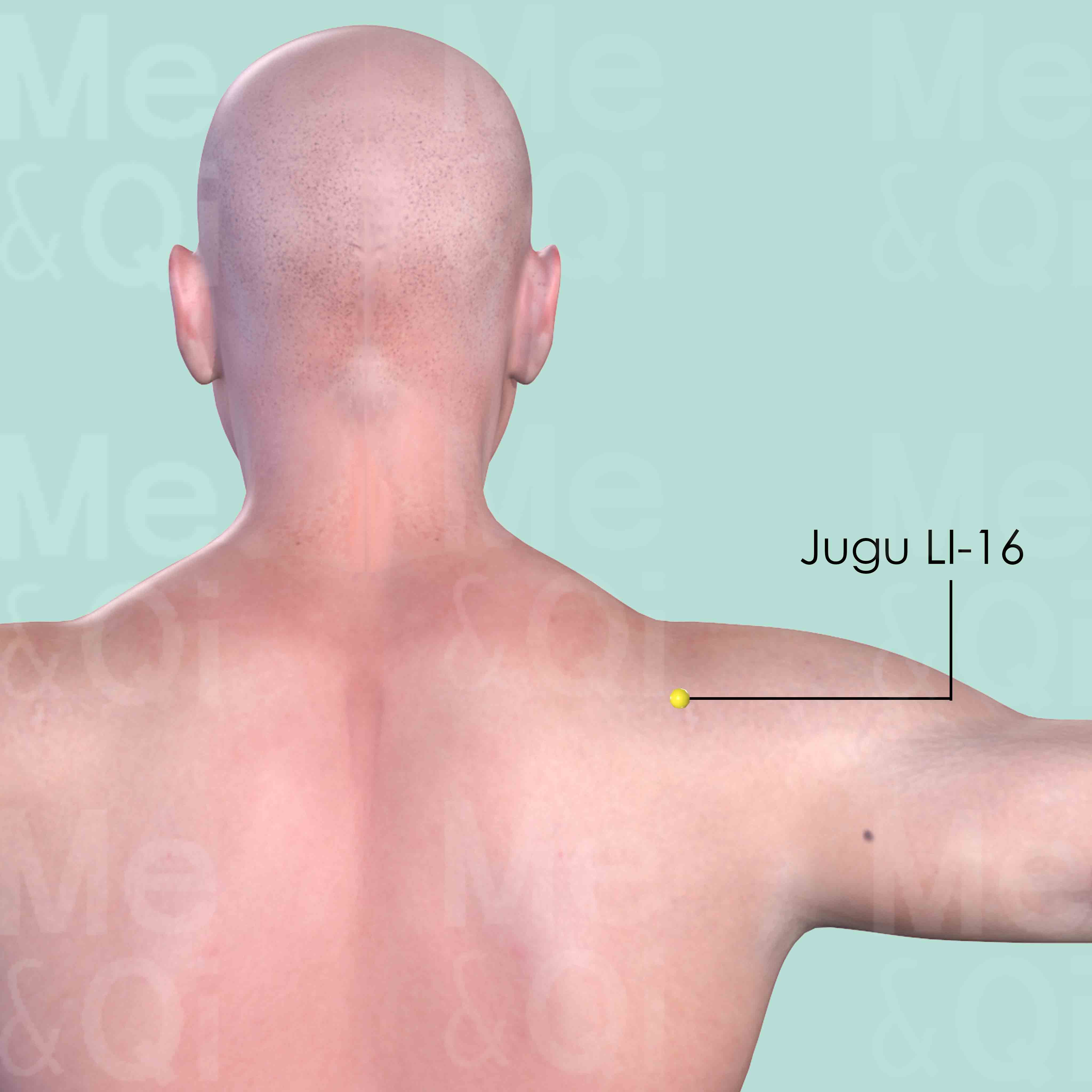
Jugu LI-16
In the upper aspect of the shoulder, in the depression between the acromio-clavicular joint and the scapular spine.
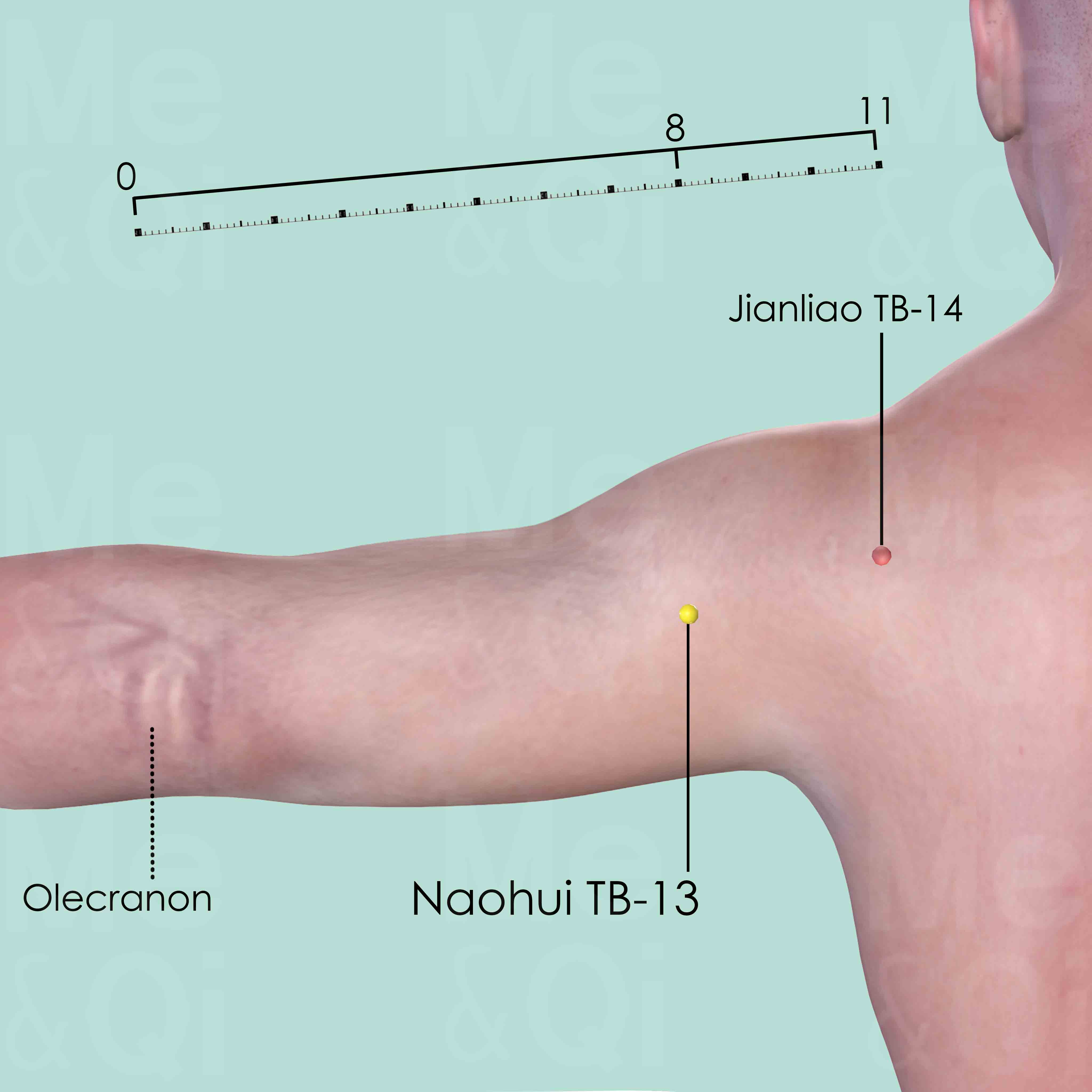
Naohui TB-13
On the line joining Jianliao TB-14 and the olecranon, 3 cun below Jianliao TB-14 which is at the lateral extremity of the acromion. Naohui TB-13 is on the posterior border of deltoid muscle.
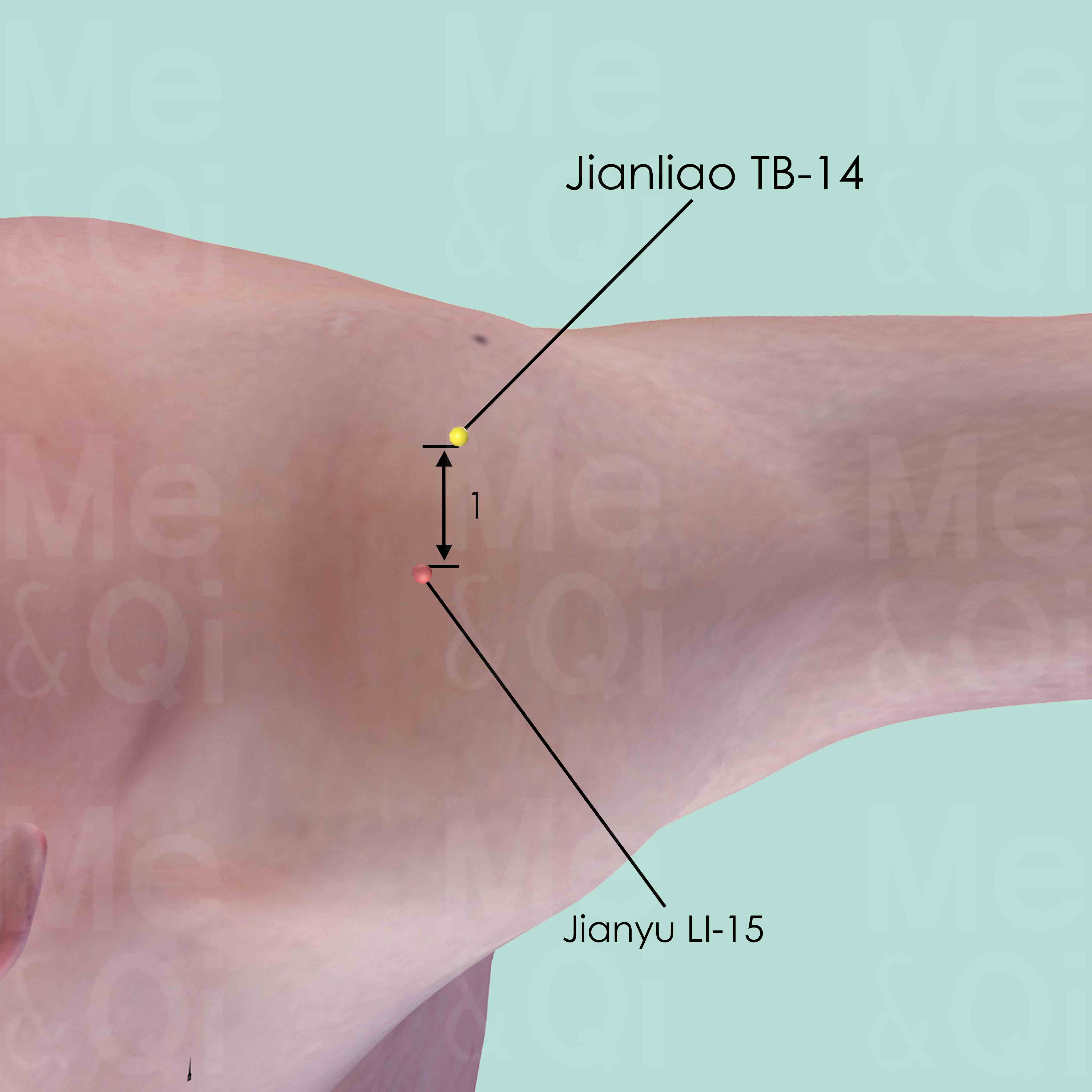
Jianliao TB-14
Posterior and inferior to the acromion, in the depression about 1 cun posterior to Jianyu LI-15.
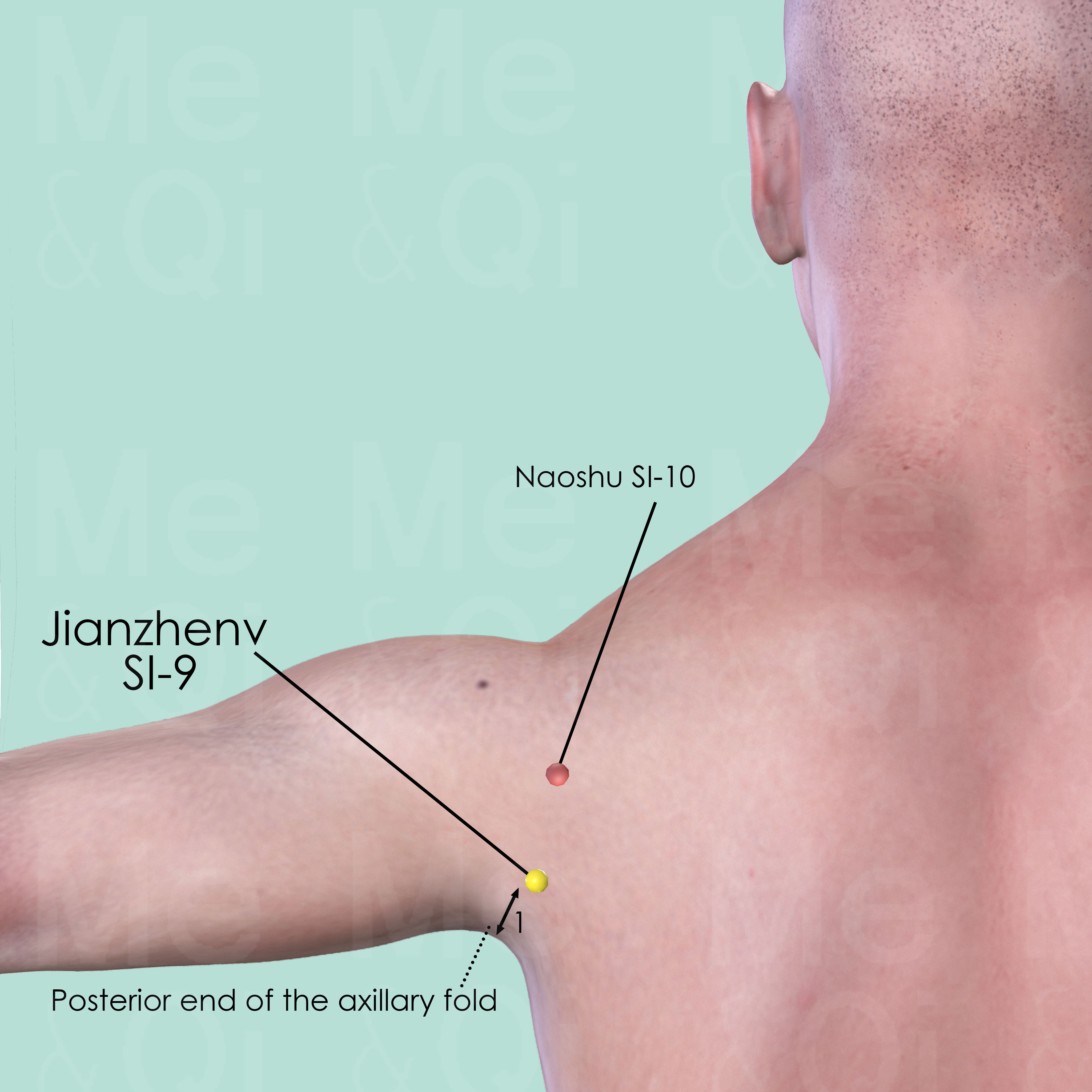
Jianzhen SI-9
Posterior and inferior to the shoulder joint. When the arm is adducted, Jianzhen SI-9 is 1 cun above the posterior end of the axillary fold. Naoshu SI-10 is located directly above Jianzhen SI-9.
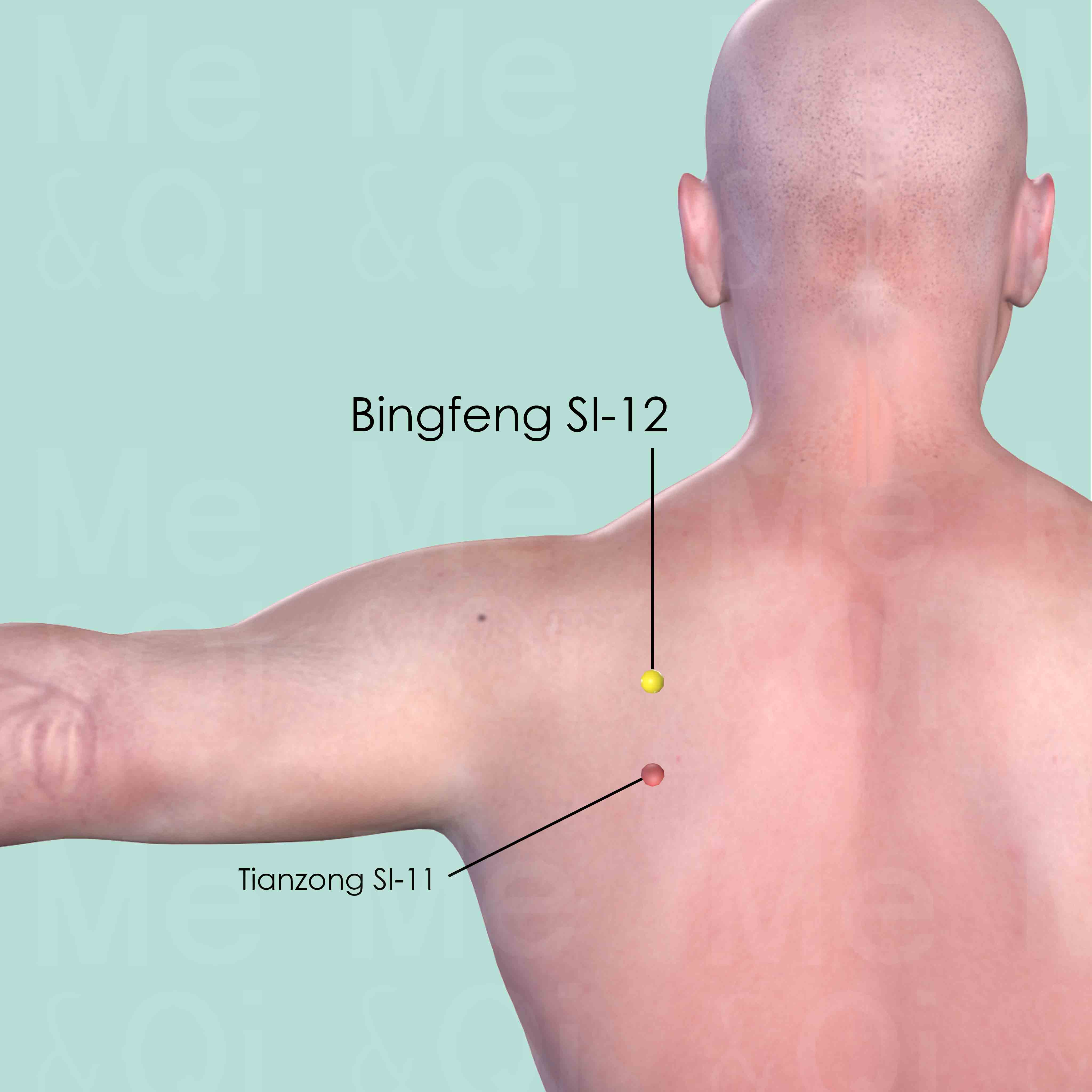
Bingfeng SI-12
In the center of the suprascapular fossa, directly above Tianzong SI-11. When the arm is lifted, the point is at the site of the depression.
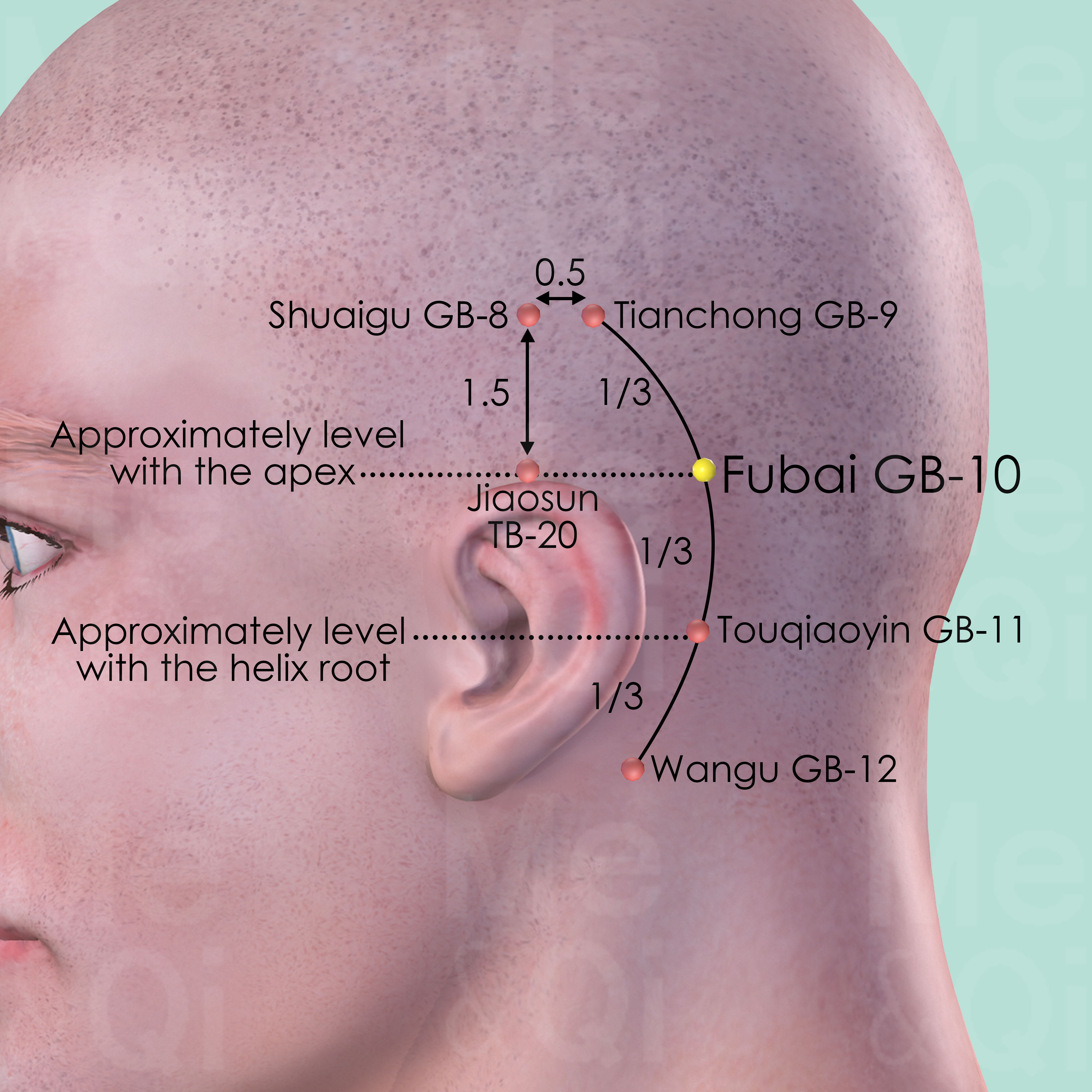
Fubai GB-10
Posterior and superior to the mastoid process, at the junction of the upper third and the two lower thirds of the curved line connecting Tianchong GB-9 and Wangu GB-12.
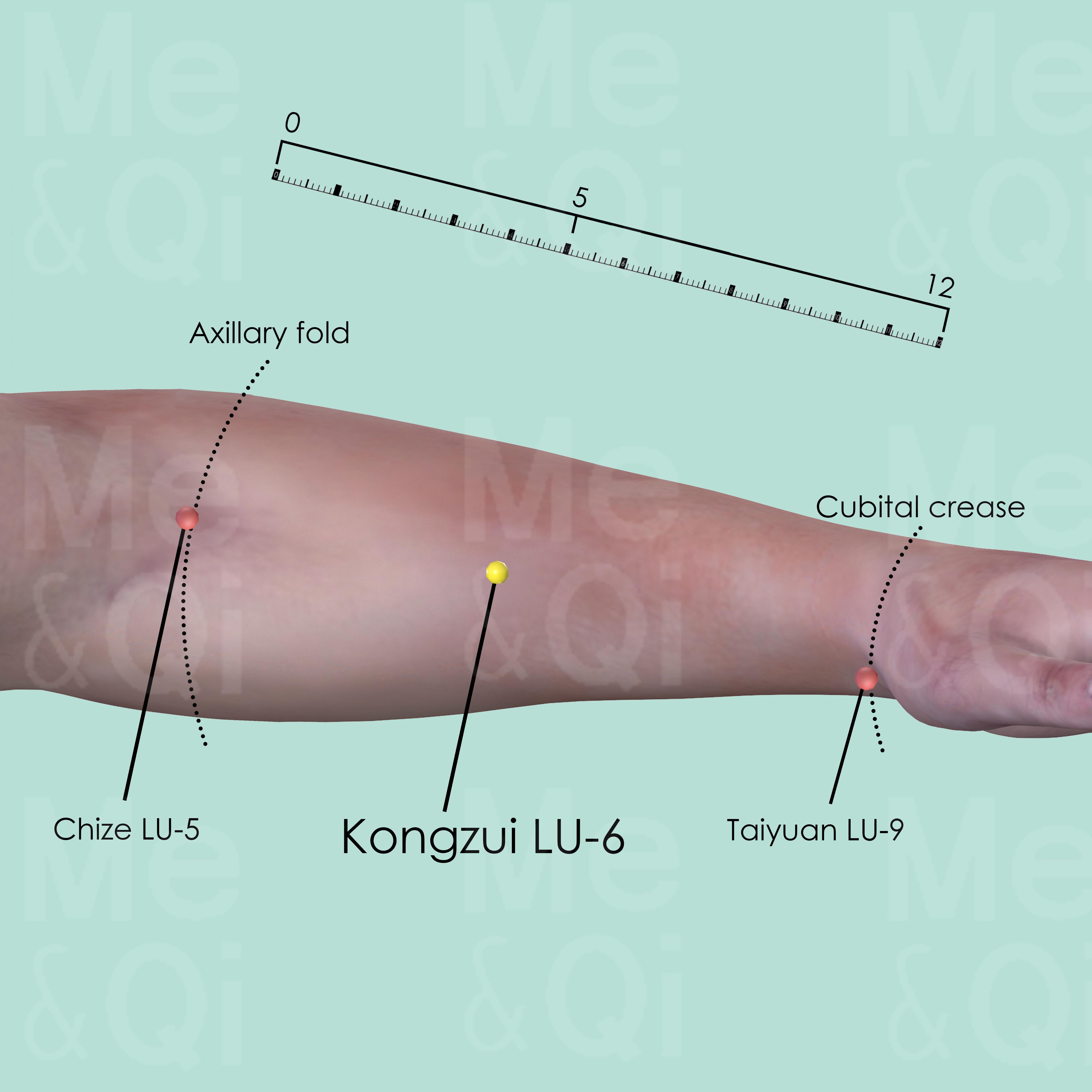
Kongzui LU-6
On the palmar aspect of the forearm, on the line joining Taiyuan LU-9 and Chize LU-5, 7 cun above Taiyuan LU-9.
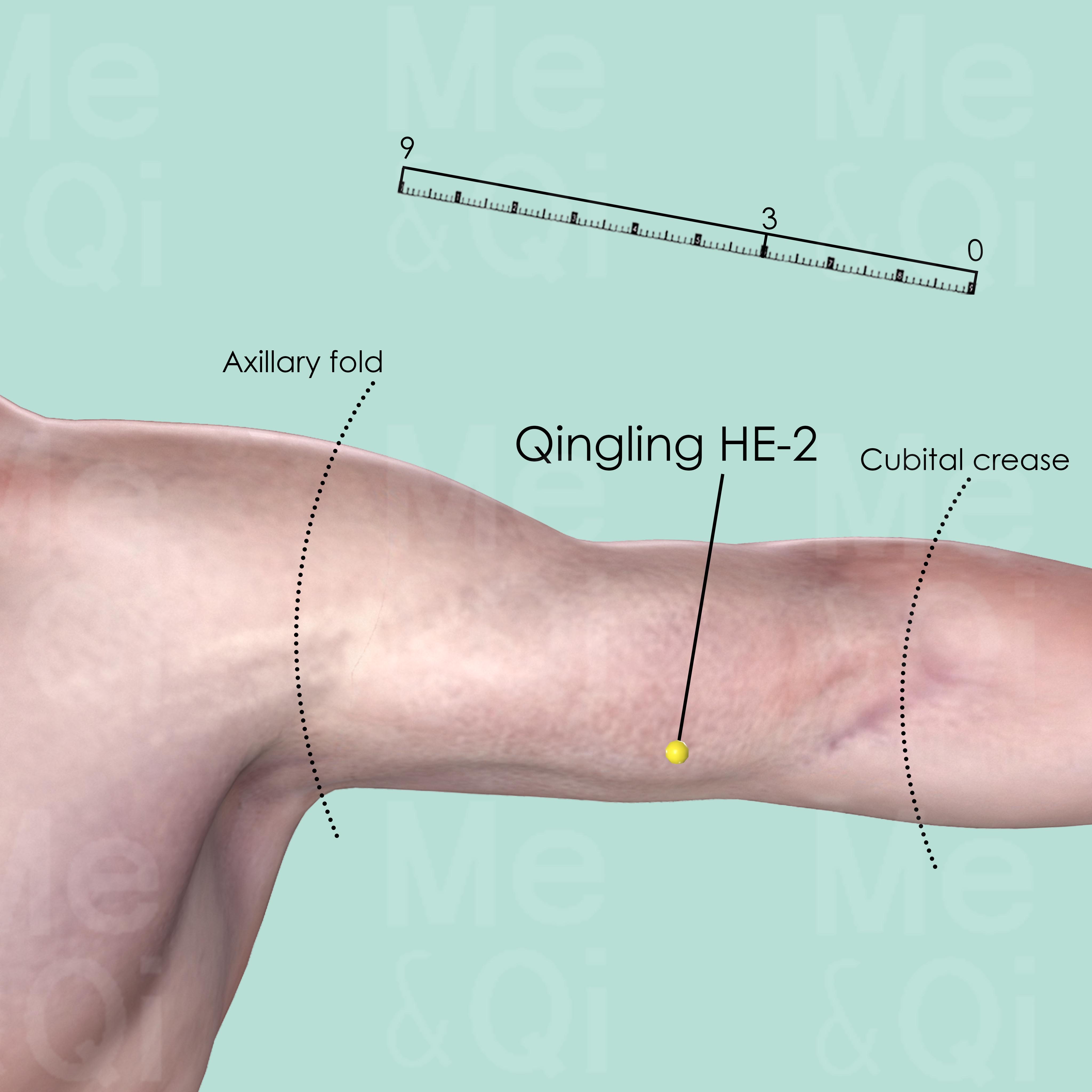
Qingling HE-2
3 cun above the medial end of the transverse cubital crease, in the depression medial to the biceps brachii muscle.
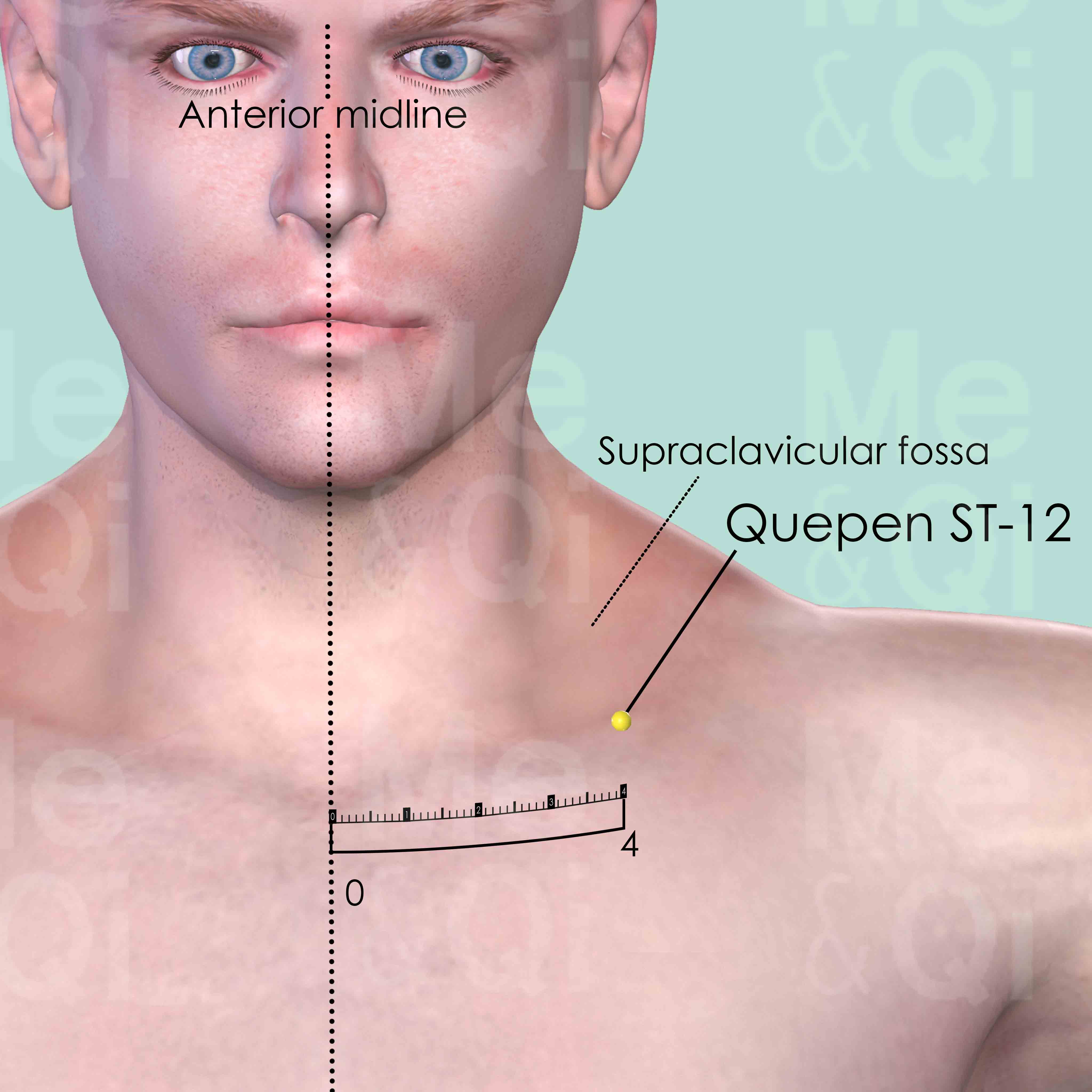
Quepen ST-12
About 4 cun lateral to the anterior midline, in the supraclavicular fossa, superior to the midpoint of the clavicle.

